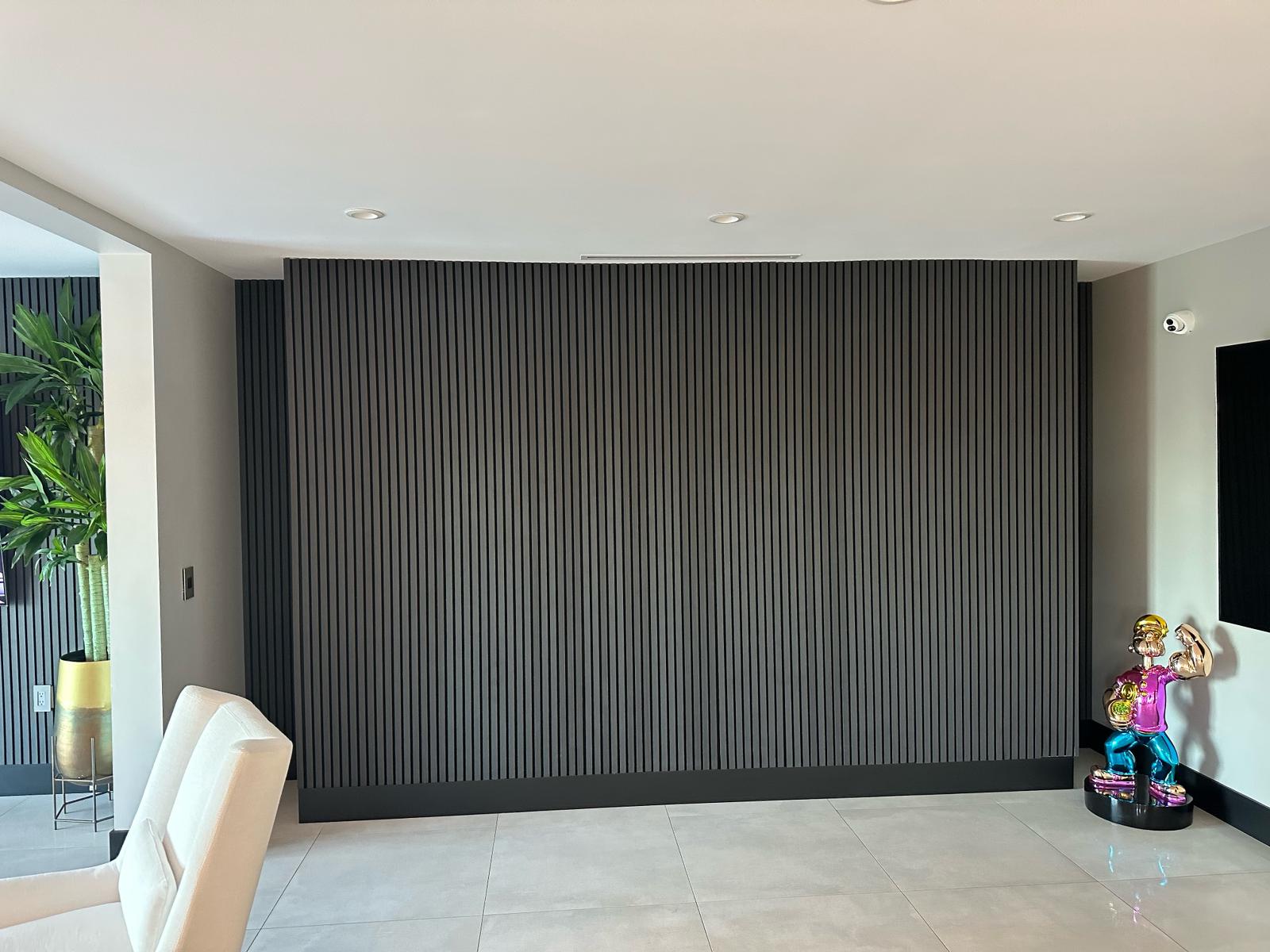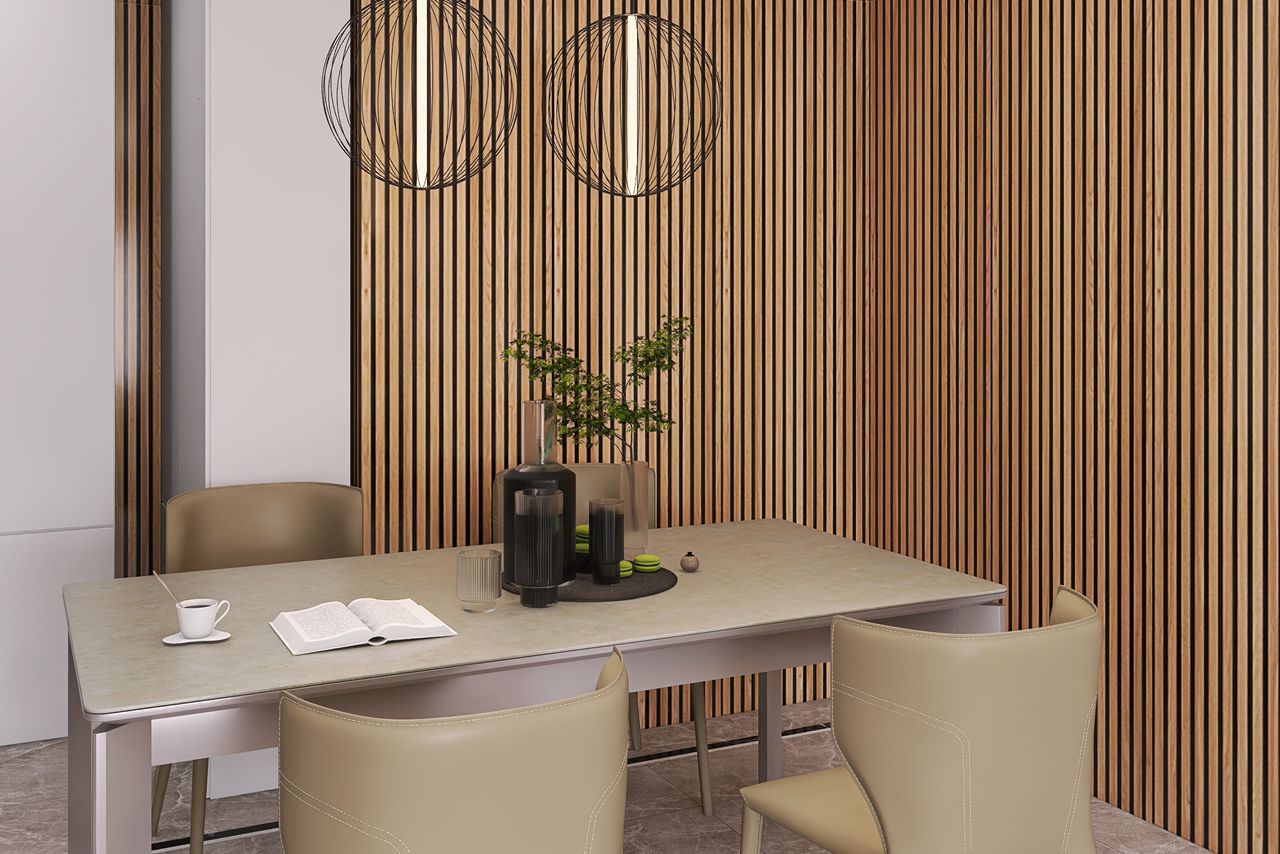
Exploring the Best Types of Wood Paneling: A Complete Guide
One of the best ways to enhance your space is by incorporating
into your walls. Incorporating wood paneling into an interior design scheme is a classic move that will never go out of style. Various types of wood paneling are available to accommodate a wide range of aesthetic preferences, including rustic charm, classic appeal, and modernism. With all these possibilities, though, how can you pick the best one?
The most common types of wood paneling will be discussed along with their advantages, best uses, and necessary maintenance advice in this comprehensive guide. Whether you’re decorating a home or a business, you’ll come away from this with a firm grasp on the many wood paneling styles available.
Why Wood Paneling? The Perfect Blend of Aesthetics and Functionality
Before diving into the different types of wood paneling, let’s look at why it remains a top choice for homeowners and designers alike.
Benefits of Wood Paneling
- Timeless Appeal – Adds warmth, depth, and character to any space.
- Versatility – Available in various styles, finishes, and wood types.
- Improved Insulation – Enhances both thermal and acoustic insulation.
- Durability – High-quality panels last for decades with proper care.
- Easy Maintenance – Requires minimal effort to keep looking pristine.
- Eco-Friendly – Sustainable wood paneling options support green living.
Popular Types of Wood Paneling for Stunning Interiors
The design goals, available space, and preferred level of care of the room should guide your selection of the appropriate types of wood paneling. The most popular styles, along with details about what makes them special, are listed below.
1. Shiplap Paneling – The Cozy Classic
Shiplap paneling features horizontal boards with small grooves (or “rabbets”) that create a distinctive shadow effect. This style is widely used in farmhouse, coastal, and rustic designs.
Why Choose Shiplap?
- Simple yet elegant design that suits various interior themes.
- Easy to install and maintain.
- Adds texture and visual depth to walls and ceilings.
Best For: Living rooms, bedrooms, kitchens, and accent walls.
2. Beadboard Paneling – A Touch of Vintage Charm
Beadboard consists of narrow vertical planks separated by ridges or “beads.” It offers a cottage-inspired, cozy aesthetic while adding subtle texture to walls.
Why Choose Beadboard?
- Affordable and widely available.
- Enhances visual height in smaller rooms.
- Works well with wainscoting and full-wall applications.
Best For: Bathrooms, hallways, kitchens, and mudrooms.
3. Raised Panel Paneling – The Statement Maker
For a traditional and luxurious appeal, raised panel paneling is the perfect choice. It features panels that protrude slightly from their frame, creating depth and sophistication.
Why Choose Raised Panels?
- Adds an upscale, polished look to interiors.
- Ideal for formal settings and historic homes.
- Provides a high-end, classic aesthetic.
Best For: Dining rooms, libraries, offices, and grand entryways.
4. Board and Batten – The Bold and Beautiful
The mix of big wooden boards and thin vertical strips (battens) in board and batten paneling gives it a structured and attractive look.
Why Choose Board and Batten?
- Adds a bold architectural touch.
- Creates a seamless, modern-meets-traditional look.
- Works well for both interior and exterior walls.
Best For: Bedrooms, exterior facades, stairways, and feature walls.
5. Tongue and Groove – The Seamless Finish
Tongue and groove paneling features interlocking wood boards that fit seamlessly together. This style creates a smooth, uniform surface with no visible gaps.
Why Choose Tongue and Groove?
- Provides a clean, seamless finish.
- Works for both walls and ceilings.
- Offers excellent insulation properties.
Best For: Living spaces, ceilings, and cozy cabins.
Choosing the Right Wood for Your Paneling
Many homeowners choose
to create a warm and inviting atmosphere. The type of wood you choose greatly impacts the final look and feel of your paneling. Here’s a quick guide to help you decide:
| Wood Type | Characteristics | Best Applications |
|---|---|---|
| Pine | Affordable, lightweight, and easy to stain | Farmhouse, rustic, and casual interiors |
| Oak | Strong, durable, and naturally elegant | Traditional, contemporary, and upscale designs |
| Cedar | Naturally moisture-resistant and aromatic | Bathrooms, kitchens, and outdoor spaces |
| Walnut | Rich, dark tones for a luxurious look | High-end spaces, offices, and libraries |
| Maple | Smooth texture and excellent for painting | Modern and minimalist interiors |
Maintenance Tips for Long-Lasting Wood Paneling
To keep your types of wood paneling looking beautiful, follow these essential care tips:
Daily Care
- Dust panels with a soft cloth or vacuum brush attachment.
- Avoid abrasive cleaners that may damage the wood’s finish.
Protection Against Moisture
- Apply a sealant in high-humidity areas.
- Wipe off spills immediately to prevent warping.
Periodic Maintenance
- Use wood polish to maintain the panel’s natural sheen.
- Check for cracks or gaps and repair them promptly.
Preventing Fading
- Limit exposure to direct sunlight to prevent discoloration.
- Use UV-protective coatings for extra durability.
Frequently Asked Questions (FAQ)
What is the most durable type of wood paneling?
Hardwoods like oak and walnut are the most durable, offering longevity and resistance to wear and tear.
Can wood paneling be painted or stained?
Yes! Most types of wood paneling can be painted or stained to match your decor. Pine and oak are particularly good for staining.
Is wood paneling suitable for bathrooms?
Yes, but it’s best to choose moisture-resistant wood like cedar and apply a protective sealant.
What is the easiest wood paneling to install?
Shiplap and tongue and groove paneling are among the easiest to install due to their interlocking design.
Can I use wood paneling for ceilings?
Absolutely! Shiplap and tongue and groove paneling work beautifully on ceilings, adding warmth and texture.
How do I prevent mold growth on wood paneling?
Use a dehumidifier if required and make sure there is enough ventilation in places that are very humid. Putting on a protective coating is helpful as well.
Bringing Your Vision to Life with Wood Paneling
There is a sort of wood paneling available for any interior design scheme and practical requirement. Every style offers something special to your room, whether you adore the traditional elegance of beadboard, the modern sophistication of raised panels, or the strong framework of board and batten.
Whether you prefer a rustic or contemporary style,
can complement your space. Your wood paneling can continue to look beautiful for many years if you take the time to select the correct wood and give it the care it needs.
Can you not wait to make over your room? Find the ideal types of wood paneling for your home by exploring our selection!
